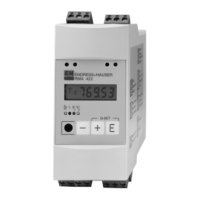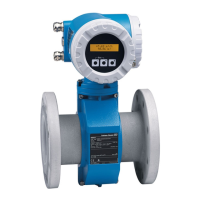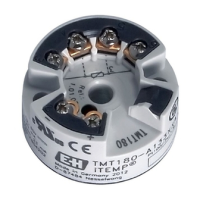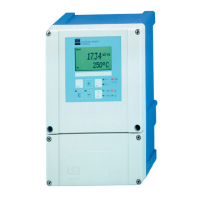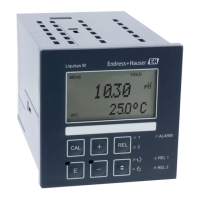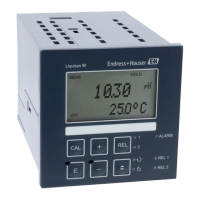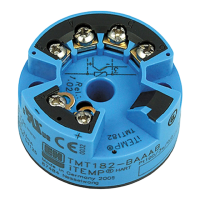Nivotester FTR525
Endress+Hauser
45
Operation
Through analysis of the signal strength over a longer period of time (also in conjunction
with minimum and maximum values in function 2510), the following conclusions may be
drawn:
Display Analysis
Usable detection
range
Min Max
Thelimitleveldetectionisadjustedreasonablywell:
• In this case, the usable detection range generally equals the
preset detection range.
• The current output can put out almost the whole possible
range (in this case about 5.7 to 19.5 mA).
Usable detection
range
Thelimitleveldetectionisoverdriven:
• In this case, the usable detection range equals only a small
portion of the preset upper detection range.
• The current output can put out only a narrow upper range
(in this case about 17.2 to 20.0 mA) of the total possible
range.
Usable detection
range
Thelimitleveldetectionisunderdriven:
• In this case, the usable detection range equals only about
half of the preset lower detection range.
• The current output can put out only half of the lower range
(in this case about 4.0 to 12.3 mA) of the total possible
range.
In case of a substantial over- or underdrive, the boundaries of the detection range should
be moved accordingly.
• Manual adjustment LL in function 2112
28
• Manual adjustment UL in function 2113
29
If there is no opportunity for analysis of the signal strength over an extended period
46).
9�3�2 Signal strength motion (2M)
Application
2000
→
Application analysis
2500
→
Signal strength motion
2550
This function is used to display the current signal strength of the motion detection (2M)
depending on the performed setup (function 21222123

